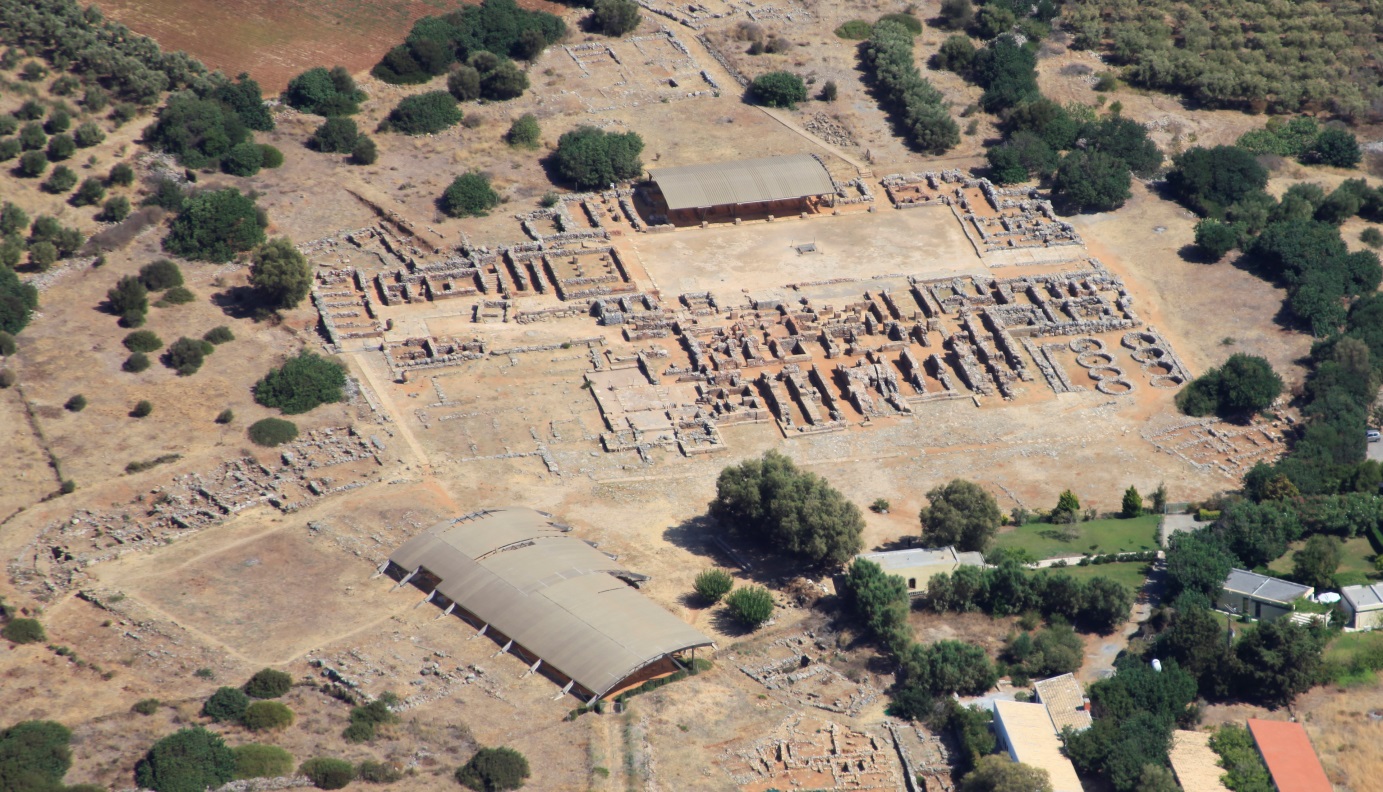Conférence / Διάλεξη 
Mardi 17 mai
Πέμπτη 17 Μαΐου
20.30
Salle des conférences de l'Institut d'Études méditerranéennes,
Nikiforou Foka 130, (Vieille ville), Rethymno
Αίθουσα Διαλέξεων ΙΜΣ,
Νικηφόρου Φωκά 130 (Παλιά Πόλη), Ρέθυμνο
New Light on an Old Site. Recent Research at (and on) Protopalatial Malia
Maud Devolder Humboldt Research Fellow (Topoi-FU Berlin) / Associate Researcher AEGIS (UCLouvain-INCAL-CEMA)
Past archaeological work on Protopalatial Malia has not failed to stress the international connections the settlement enjoyed with far-away lands as well as its links with settlements and communities in its proximate hinterland at the beginning of the 2nd millennium BC. Its internal organization, however, remains the topic of, at times, lively debates. Hence, the potential hierarchical setup of the relationship between the Palace and a series of high-profile buildings has been efficiently questioned, but risks to become sterile because of the dearth of reliable archaeological data, a deficiency mainly caused by the early date of excavations and the absence of fully presented find contexts. In this communication, I return to the results of a series of recent architectural and archaeological studies that have taken place at Malia, especially within the Palace and a building, excavated in 1960, generally known as the Dessenne Building. Located to the South of the West Court of the Palace, the Dessenne Building was interpreted as a storage complex dependent on the neighbouring Palace at the time of its discovery. In later years, it was not considered as a single complex but as two joining residential structures. The new research project launched at the French School in Athens in 2012 has allowed a reconsideration of the architectural phasing of the building, and to question the primacy of the storage function. Where the Palace is concerned, it was generally conceded that little original information was left of the Protopalatial edifice after the 1700 BC destruction. But a detailed examination of the building techniques and masonries has allowed the reconstruction of a significant part of the Palace as it stood at the beginning of the 2nd millennium BC. Such work provides crucial information regarding the development of Malia throughout the Protopalatial period, throwing new light on the functions fulfilled by the different complexes in the settlement, but also allows a better appreciation of the architectural innovations and the integration of Malia in pan-Cretan architectural practices.

